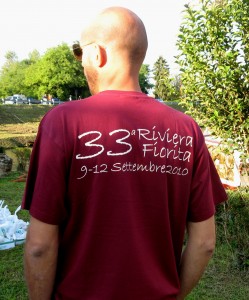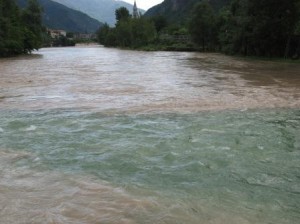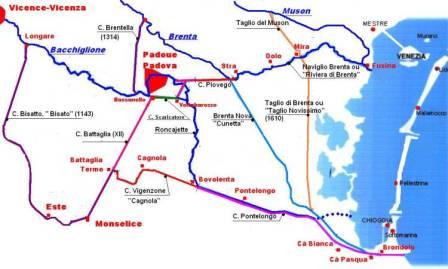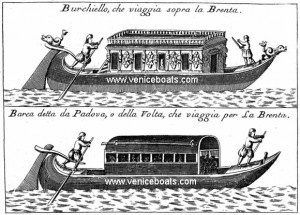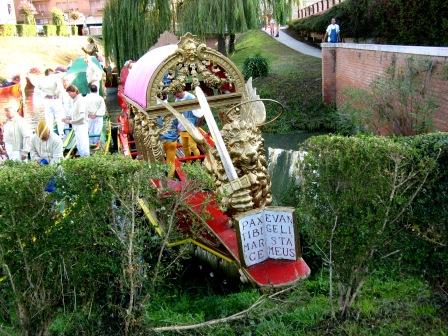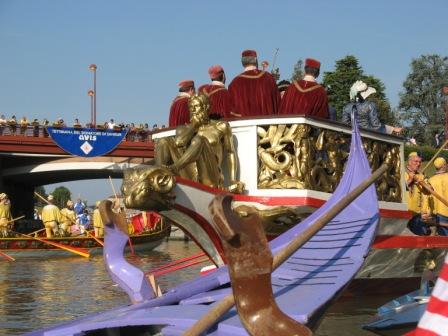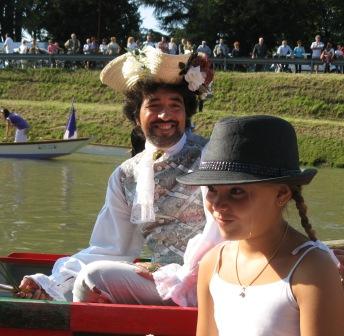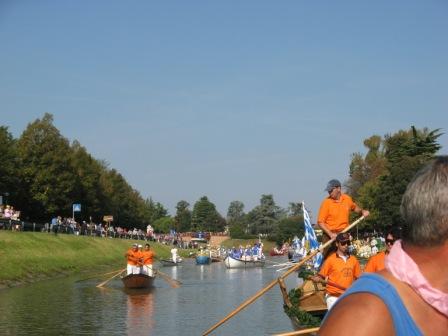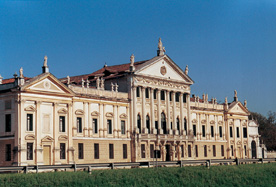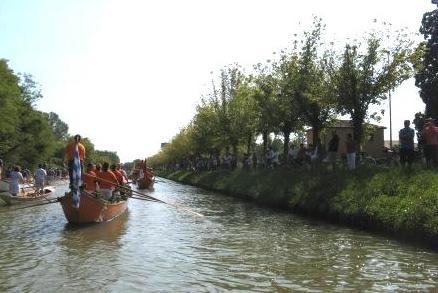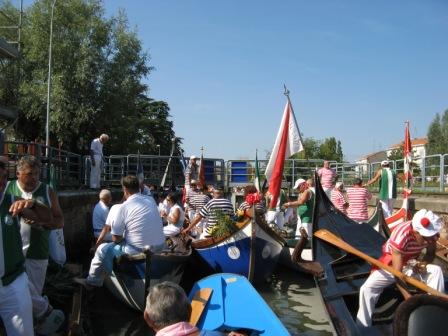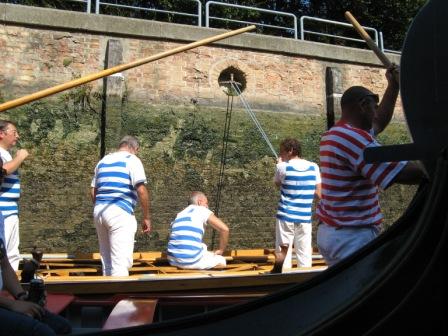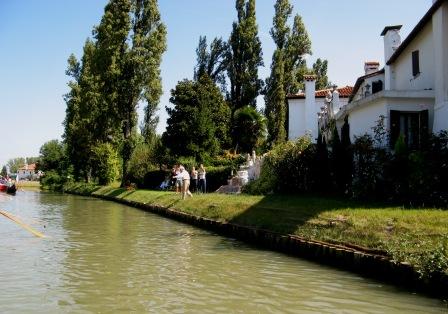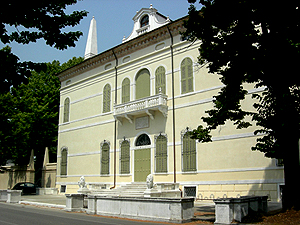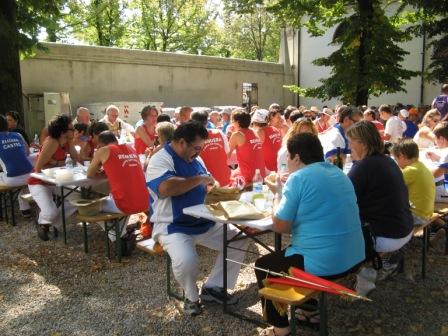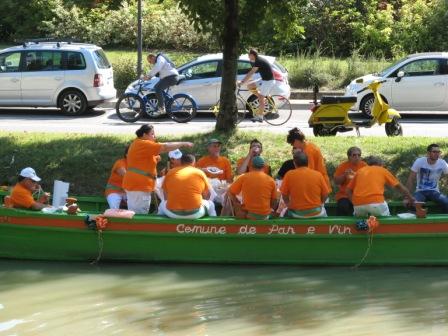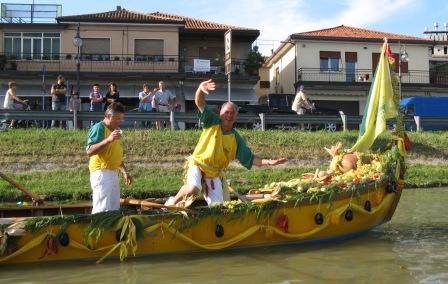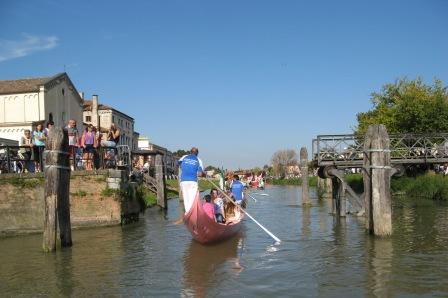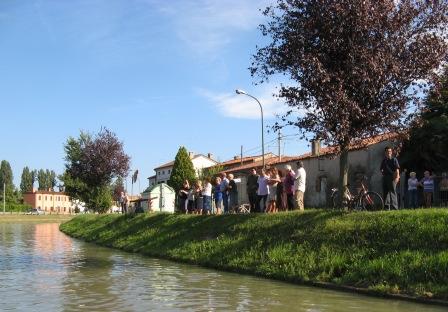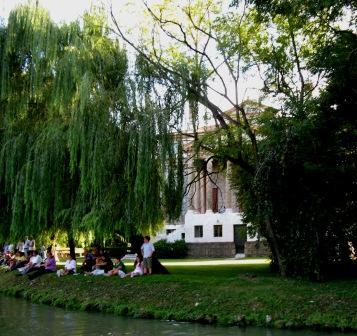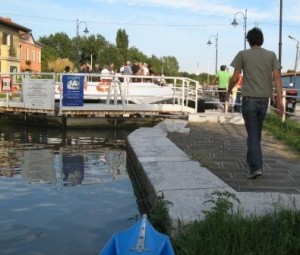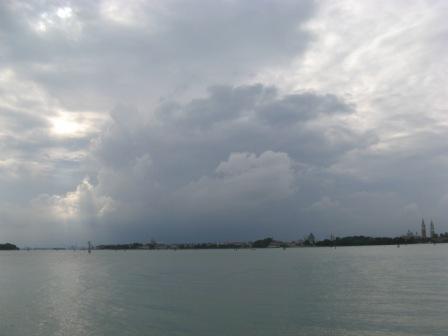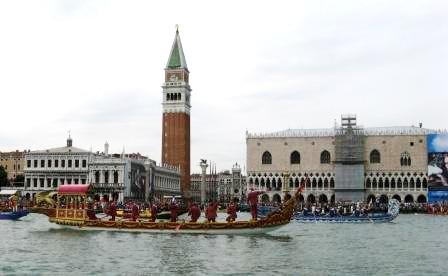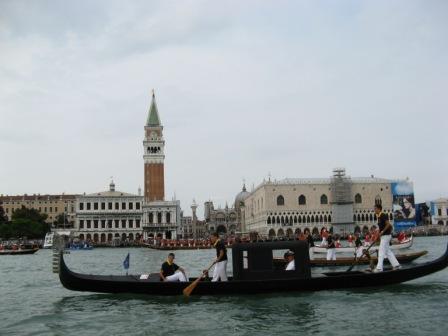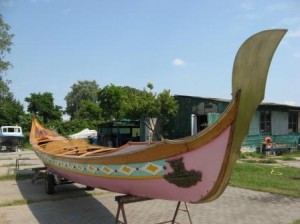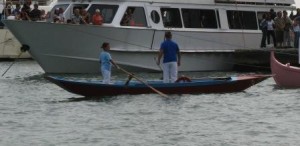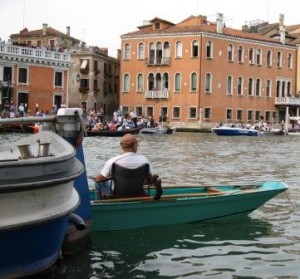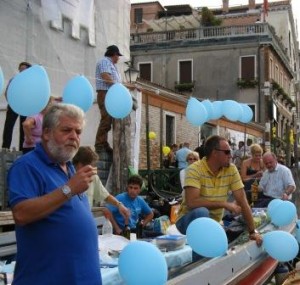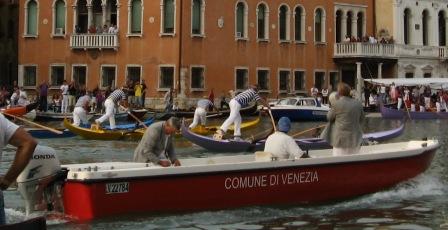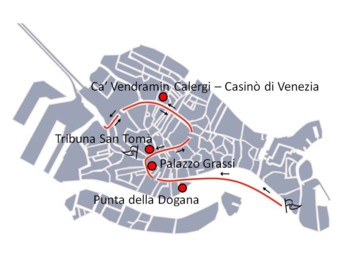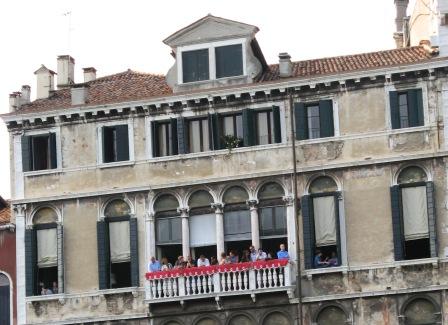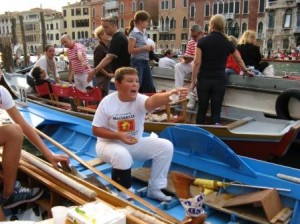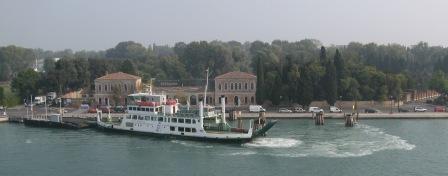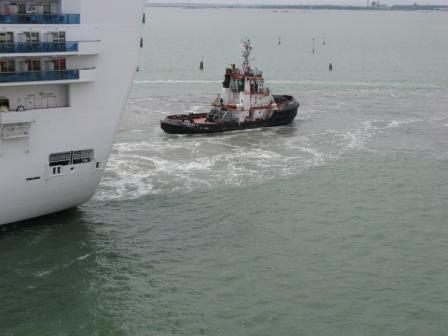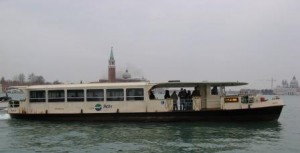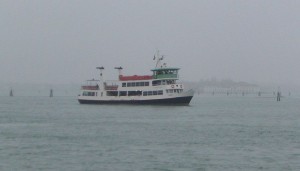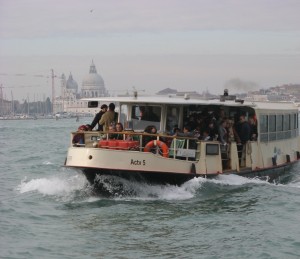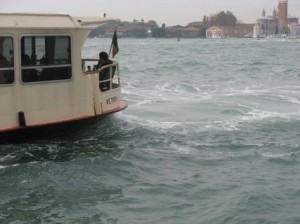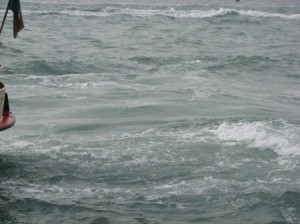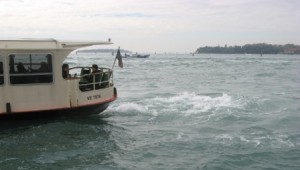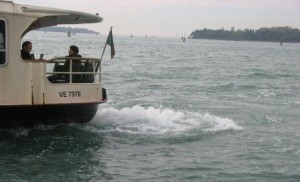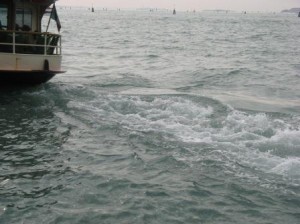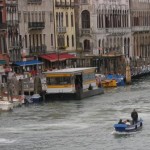The following message is brought to you by me, your common sense. Have you not heard my voice recently? I’ve missed you too.
It was about 4:30 on Sunday afternoon, October 3 (the date is unimportant, because events of this sort occur all year long — but the factors of Sunday and Afternoon are significant because they are synonymous with “lots of people in a limited space not paying attention”).
“People” as in two American tourists.
“Not paying attention” as in “had 2,400 euros ($3,347.28) in cash and eight credit cards stolen.”
A moment of respectful silence would be appropriate here.
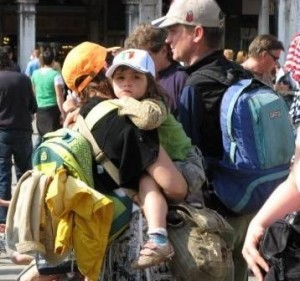
The reason I want to relate this event to you is not because I assume you’re going to travel with all that cargo, nor is it because it is so unusual. The only thing that makes this story worth telling is not that it happened, but the electrifying amounts involved.
Pickpocketing is by far the most common crime here in the most beautiful city in the world. There could be as many as 200 events a day in high season, usually accomplished not by gypsies with babies who are easy to identify, but by professionals you will never see but who are all too well-known to the police. They even have nicknames.
So, back to October 3. The vaporetto #2 was trundling along the Grand Canal and was coming up to the Accademia stop, an important node where there are typically many, many people getting on and off the waterbuses.
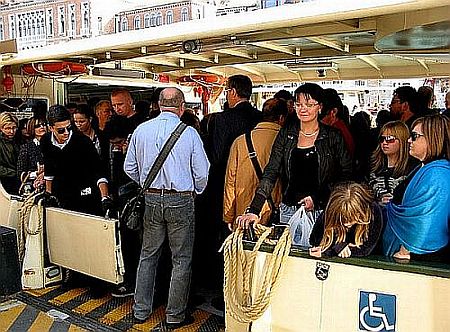
The vaporetto was, as usual, crammed with people, most of whom are usually thinking about lots of other things (whether they’ll make their train, where to find a bathroom, what to have for dinner, how to get their kid to stop yelling) than the people around them. This is perfect for thieves. In this case, a youngish Rumanian couple.
According to the report in the Gazzettino, they lifted the wallets of the two Americans smoothly and quickly (two crucial elements of the craft), but not sufficiently secretly, because the deed was observed by a few passengers, including — this is a nice bit — an American policeman.
As soon as the vaporetto tied up to the bus-stop dock, the Rumanians fled, but the alarm had already been given, people were running after them, the police were alerted, they sent two boats, and all these people plus two employees (I don’t know what sort) of the transport company managed to nab the crooks.
Seeing that only minutes had passed, the swag was still warm, and was returned in its entirety to its rightful owners.
One wallet contained three credit cards and 1,300 euros ($1,813.11) in cash; the other contained five credit cards and 1,140 euros ($1,589.96) in cash.
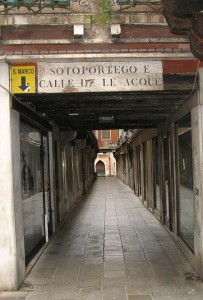
So now my questions shift from the dark imponderables of the life and mind of a pickpocket, to the more vivid imponderables of the two extremely lucky victims. My questions are perhaps also yours: Why would anybody be carrying that much cash? Especially if they’ve got five pounds of credit cards? Or do people with that much money not need to think?
Here’s another thing I wish I knew: Do pickpockets have any idea of how much plunder any particular pocket or bag is likely to hold? I realize that heavy gold jewelry and fistfuls of shopping bags from Ferragamo and Fendi might be pretty good clues. But most of the tourists I see out there are not the Ferragamo/Fendi sort, nor are they bedecked with any accessories more noticeable than a backpack, water bottle, map(s), hats, and anything else needed for a trek across the Empty Quarter. Or do all those tireless Fagins now recognize this get-up as the perfect disguise for people carrying hundreds and hundreds of crisp crackling banknotes?
If I knew any thieves, I’m sure they could explain. But meanwhile I’m left with the urgent desire to flip the switch on a large, blinking, neon WARNING sign for you that says:
Do not carry anything with you out of your hotel room that you would really miss if it suddenly were to be gone.
And don’t think just because you’re not in the Piazza San Marco with a batch of mass tourists that you can’t get stung. A friend of mine from Chicago who travels a lot was visiting and we went to the weekly market on the Lido, a large assemblage of vans selling everything from fresh fruit to buttons to wine-making equipment. Hardly a touristic site, but there were — yes — large numbers of people crammed into small spaces thinking about something else. And her wallet was stolen. (What? She’s no tourist, she’s with me!). So we spent one of her two days here dealing with reports to the carabinieri and phone calls home to work out a cash transfer. Fun.
And don’t think you’re sneakier and smarter and more alert than they are.
And don’t think that there are somehow “safe” zones, the way certain stores are for lost children. A German tourist guide had her wallet stolen while she was with a group. In the basilica of San Marco. (There it is again: Lots of people not paying attention.)
Still, if you were to have your wallet lifted while you’re on a vaporetto, you’d actually be in pretty good shape. Because as soon as you notify the mariner (who ties the boat to the dock at each stop) or the driver, he will stop the boat right there in the middle of the water and call the police. If that had been possible in the case of the two Americans, it would have saved a whole lot of running like crazy.
So let me suggest this, even though I do not want you to come here thinking you’re putting yourself at some appalling risk. Just imagine that your wallet gets stolen in Venice. Then think about what you would be thinking about when you realize it’s gone. You’d be thinking about what you should or shouldn’t have done. So before you go out the door, do or don’t do that.
Now get out there and have a great time.

